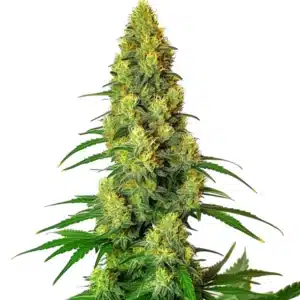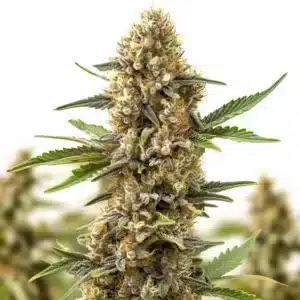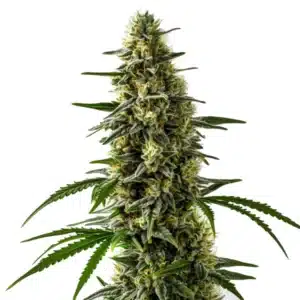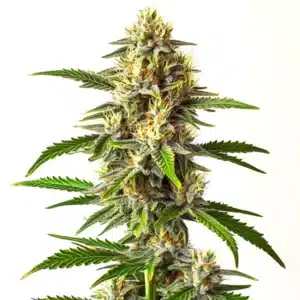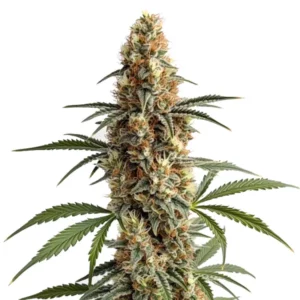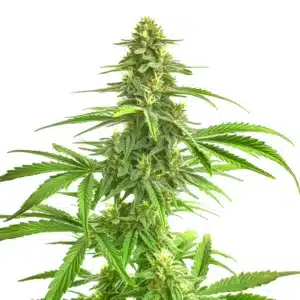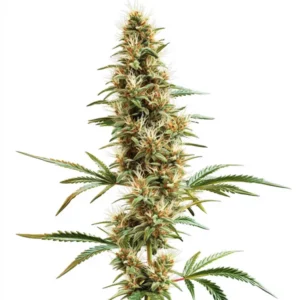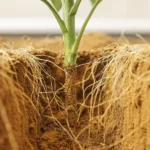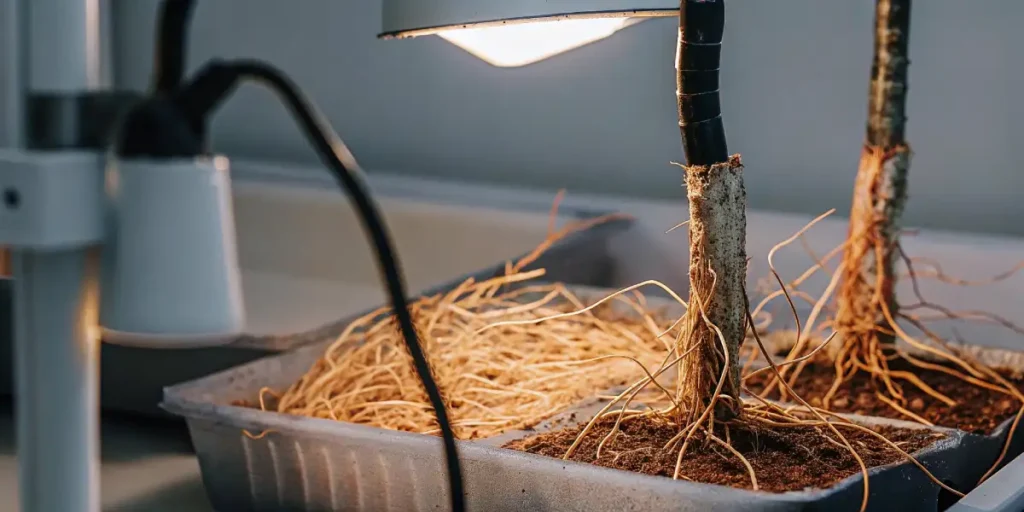
Ditch the Chemicals: How to Clone Your Cannabis with an Aloe Vera Plant
Alright, let’s talk about something cool. Something that feels a little like magic but is actually just brilliant plant science. If you’ve ever looked at a bottle of chemical rooting hormone and thought, “There has to be a better, more natural way to do this,” then listen up. Because there is. And it might already be sitting on your windowsill.
I’m talking about using pure, fresh aloe vera to clone your cannabis. This isn’t just some gimmick; it’s a Sustainable technique that taps into the raw power of nature to help you Cultivate new life. It’s an Organic method that can help your Homegrown garden Thrive, and I’m going to walk you through exactly how it works.
Recommended Strains
The “Why” Before the “How”
So, what makes this spiky green plant so special? Aloe vera gel is packed with natural goodies. It contains enzymes that stimulate root growth and, crucially, salicylic acid, which acts as a natural antiseptic. This helps protect your fresh cutting from nasty bacteria and fungi that could kill it before it even has a chance. It’s nature’s way to Nurture and protect.
Let’s Get Cloning: A Step-by-Step Conversation
Ready? Grab your favorite aloe plant, and let’s make some new cannabis plants.
First, and this is the most important rule of cloning: You can ONLY clone a plant that is in its vegetative stage. Don’t even think about taking cuttings from a flowering plant. You need a healthy, mature mother plant that’s at least 60cm (a couple of feet) tall with at least four or five sets of true leaves. We’re looking for vigor.
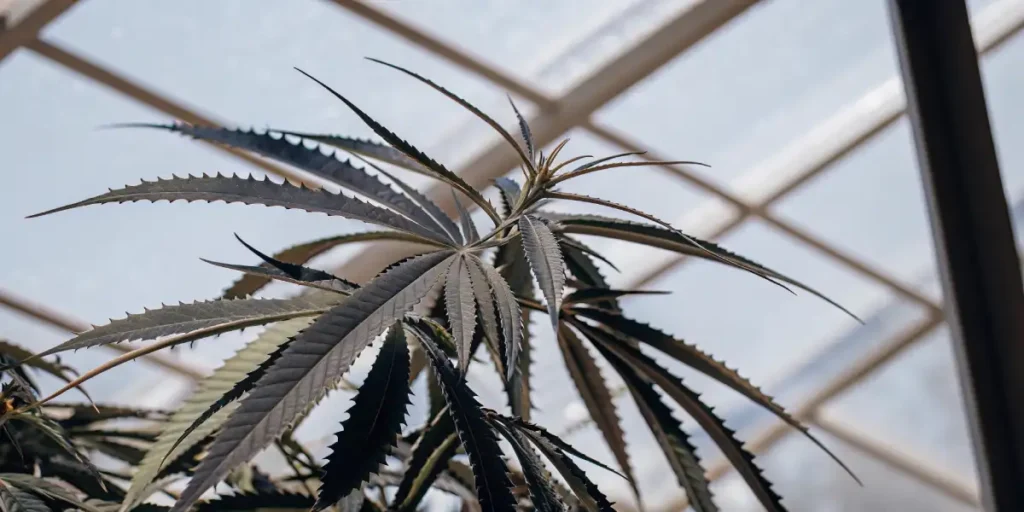
Now, take your sharpest, cleanest pair of snips. We’re going for the good stuff—the top branches. Why the tops? Because they have the youngest, most active growth, and they’re just begging to become new plants. Make a clean, 45-degree cut to take your cutting.
Got it? Good. Now slice open a thick, juicy aloe leaf and scoop out that beautiful, clear gel. Dip the cut end of your cannabis cutting right into that gel. Get a good, thick coat on there. This is its first meal and its protective shield all in one.
Plant the coated cutting into your rooting medium, whatever you prefer. Now, this next part is CRITICAL. Roots are designed to grow in the dark. If you’re using something like a rockwool cube, make sure no light is hitting it. Light will scorch and kill those brand-new, delicate roots before they even start. Simple as that.
Here’s what you need to prepare for: your new clone has no roots. For up to three weeks, maybe 21 days, it can’t drink from the soil. So how does it survive? It breathes and eats through its leaves. This is why you MUST keep it in a super humid environment, like a small greenhouse dome. We’re talking 70% or 80% humidity. That moisture on the leaves is everything.
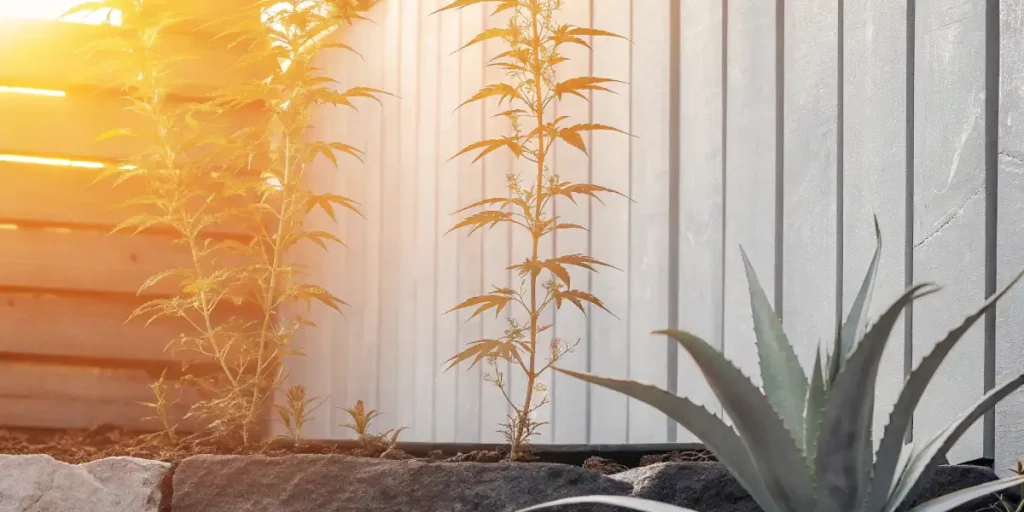
And that brings me to the #1 enemy of new clones: wind. Even the slightest breeze from a fan is a death sentence. It will suck the moisture right out of the leaves and dry your cutting out in no time. So, no fans, and don’t lift the lid off your dome unless you have to.
One last thing on care: watering. You’re going to use plain water ONLY. No nutrients! The hormone in the aloe is enough. You can burn out those fragile new roots with even a weak fertilizer solution. Just make sure your water’s pH is in the sweet spot, around 5.5 to 6.0, with a very low EC. You’re trying to Inspire root growth, not force it.
Strains like the resilient AK-47 or the adaptable Blue Dream are fantastic candidates to try this with. They are tough plants that respond incredibly well to this kind of gentle, Organic approach. It’s a great way to Innovate in your own grow space.
Promos & Deals
Frequently Asked Questions (From One Grower to Another)
Do I really need a fresh aloe plant? Can’t I just use that green gel from the pharmacy?
I get this question all the time. Look, you can, but I wouldn’t recommend it. That bottled stuff often has alcohol, preservatives, and other chemicals added to it. We’re doing this to be natural, right? A fresh, living aloe plant has all the active enzymes and hormones with none of the junk. It’s just better. Go get a plant; it’s a great addition to your Community of plants anyway.
My clones keep drooping over and dying within a few days. What am I doing wrong?
Nine times out of ten, it’s one of two things: your humidity is too low, or there’s a draft. Remember, that little cutting is completely defenseless. If the air is too dry, it can’t get moisture through its leaves and it will wilt and die. If there’s a fan blowing on it, same result. Seal them in a humidity dome, mist them once a day, and keep them away from any airflow. That’s the secret.
How do I know when it’s safe to finally start feeding my new clones?
Patience, my friend! This is where people get antsy and make mistakes. Don’t even think about feeding them until you have a healthy, established root system. You’ll know it’s ready when you see new, vigorous leaf growth on top. That’s the signal that the roots are working and the plant is hungry. When you see that, you can start with a VERY weak (1/4 strength) nutrient solution and slowly work your way up.
Why is the water pH so important for a tiny cutting with no roots?
It’s important because you’re setting the stage for the new roots. The right pH (5.5-6.0) makes the tiny amount of available nutrients in your medium (and the hormones from the aloe) easily accessible. If the pH is off, the cutting can’t absorb what it needs, and the new roots will struggle to form. Getting the pH right from day one gives your clone the perfect environment to explode with new life. This is how we Educate ourselves to become better cultivators.



